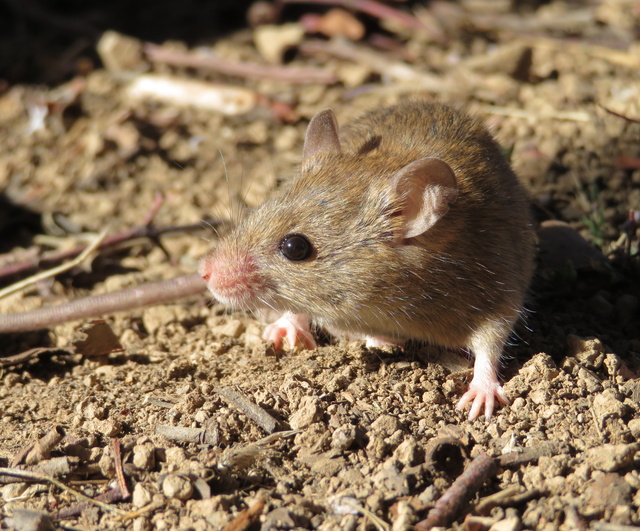Farmers are urged to be aware of mice this harvest season as the threat of a plague looms.
A CSIRO Mouse Monitoring Report released last week has suggested conditions are building on farms as favourable for mice as numbers at key cropping and trapping sites continue to rise.
The November report identified low mouse activity on Eyre Peninsula, however moderate to high activity has been observed on the Adelaide Plains and parts of Yorke Peninsula.
The patchy distribution of activity means that populations could escalate quickly over summer if conditions remain favourable.
Grain Producers SA chief executive officer Brad Perry said it was critical growers stayed proactive and reported local mouse numbers to help industry and researchers track potential problem areas.
“We’ve seen what happens when mouse numbers get away from us, the impacts can be devastating, not just to crops but to stored grain, machinery, and farm infrastructure,” he said.
“While the latest report shows mouse activity is patchy, there are clear warning signs that we could see a population build-up over summer if food sources remain high and weather conditions stay mild.
“GPSA is encouraging growers to actively monitor their paddocks, clean up grain spillages and use chew cards to gauge activity levels.”
The report noted that as crops mature, the abundance of high-quality food could support mouse breeding and population growth through the warmer months.
CSIRO warned that monitoring and clean harvest practices would be essential to reduce the risk of a mouse outbreak by Autumn 2026.
Mr Perry said GPSA would continue raising concerns with key decision makers about the current inability to use double-strength mouse bait (zinc phosphide – ZnP50) bait, which was critical during the last major mouse plague when accessed under an emergency permit.
“We believe decision makers should be considering the current CSIRO data and whether an emergency permit is potentially going to be required,” he said.
“If mouse numbers continue to rise, South Australian grain producers need access to every tool they can to rid of these pests, well ahead of seeding next year.”
Growers are encouraged to report and map mouse activity using MouseAlert (mousealert.org.au) so other producers can see activity levels in their area.

